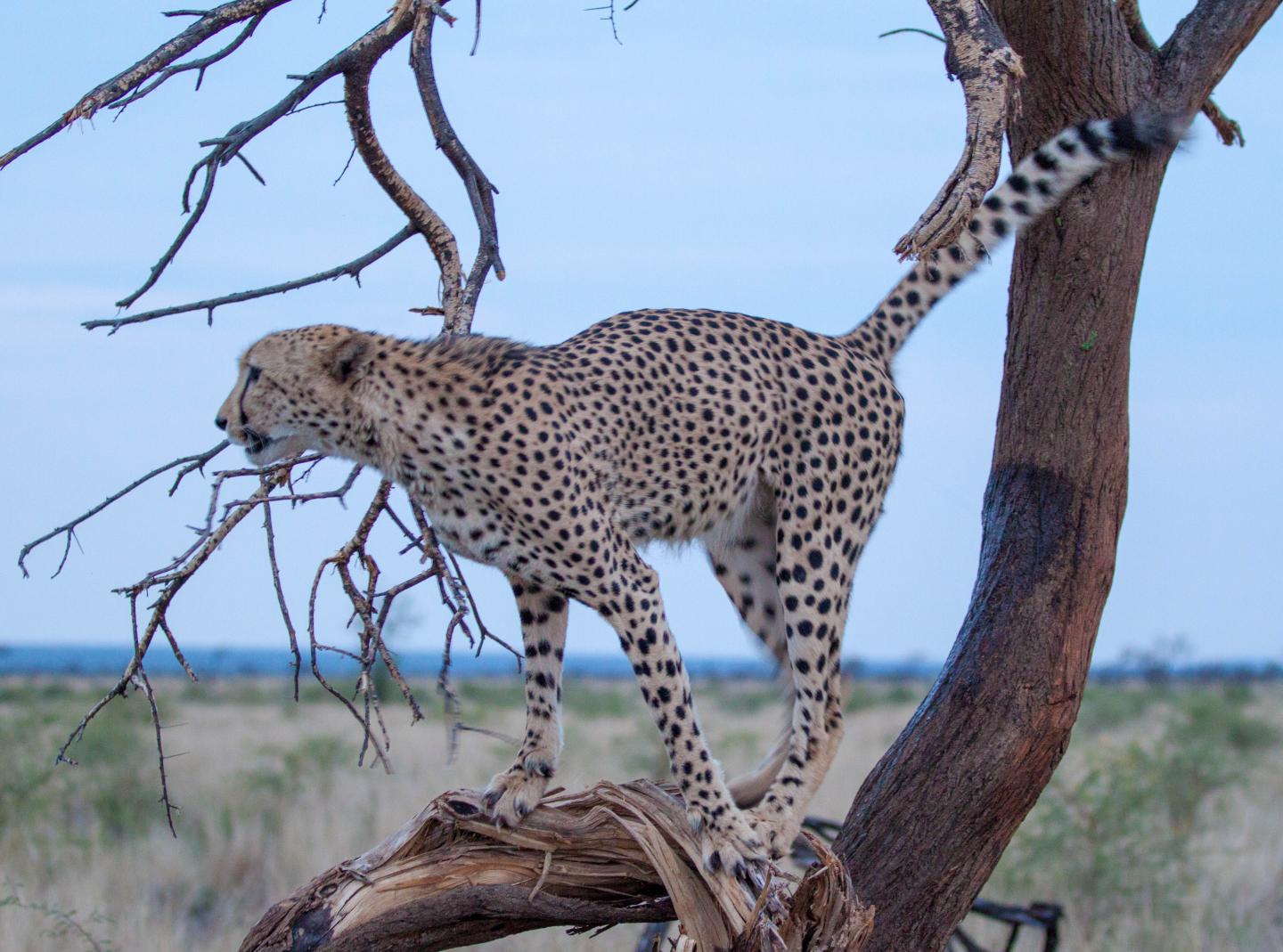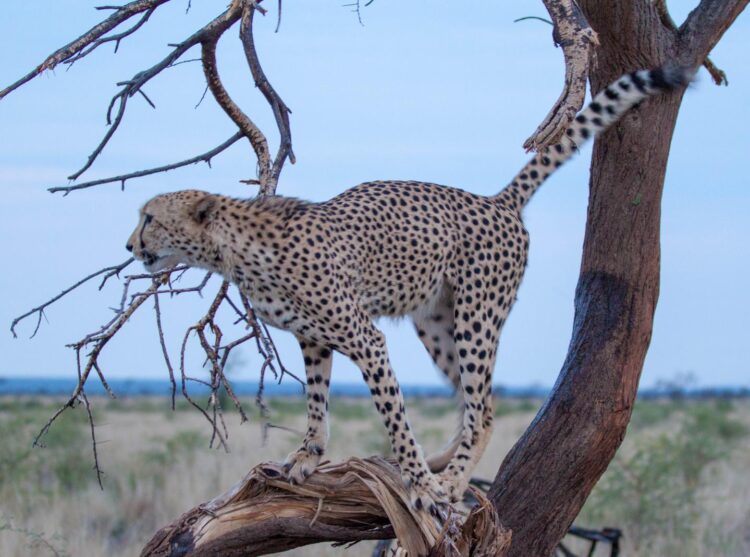Accounting for individual animal movement could boost understanding of emerging infectious diseases

Credit: Martyn Smith, Flickr
In a new mathematical model that bridges animal movement and disease spread, territorial behaviors decreased the severity of potential disease outbreaks–but at the cost of increased disease persistence. Lauren White of the University of Maryland’s National Socio-Environmental Synthesis Center, Annapolis, MD, and colleagues present these findings in PLOS Computational Biology.
Disease research often addresses direct social contact without considering individual animals’ movement. Individual movement can be shaped by indirect social cues; for instance, a puma might mark its territory with a scent. While territorial behaviors could, in theory, inhibit diseases that require direct transmission, pathogens able to persist in the environment could still spread.
To better understand the interplay between indirect communication and disease spread, White and colleagues developed a mathematical model in which infected animals can indirectly infect others by leaving behind pathogens whenever they deposit scent marks. The researchers used the model to simulate territorial movement of animals over a landscape, as well as the resulting disease spread.
In simulated outbreak-prone conditions with high animal density and slow disease-recovery rates, territorial movement decreased the number of animals infected, but at the cost of longer disease persistence within the population. These results suggest that indirect communication could play a more important role in disease transmission than previously thought.
“It was exciting to be able to incorporate a movement-ecology perspective into a disease-modeling framework,” White says. “Our findings support the possibility that pathogens could evolve to co-opt indirect communication systems to overcome social barriers in territorial species.”
This study demonstrates that accounting for movement behavior in disease models could improve understanding of how infectious diseases spread. Moving forward, the researchers hope to strengthen their model with additional dynamics, such as varying habitat quality and prey kill sites.
###
Peer-reviewed; Simulation / modelling; N/A
In your coverage please use this URL to provide access to the freely available article in PLOS Computational Biology:
https:/
Citation: White LA, VandeWoude S, Craft ME (2020) A mechanistic, stigmergy model of territory formation in solitary animals: Territorial behavior can dampen disease prevalence but increase persistence. PLoS Comput Biol 16(6): e1007457.
https:/
Funding: This work was supported by NSF DEB (1413925 and 1654609) and the National Socio Environmental Synthesis Center (SESYNC) under funding received from the NSF DBI 1639145. The funders had no role in study design, data collection and analysis, decision to publish, or preparation of the manuscript.
Competing Interests: The authors have declared that no competing interests exist.
Media Contact
Lauren White
[email protected]
Related Journal Article
http://dx.





